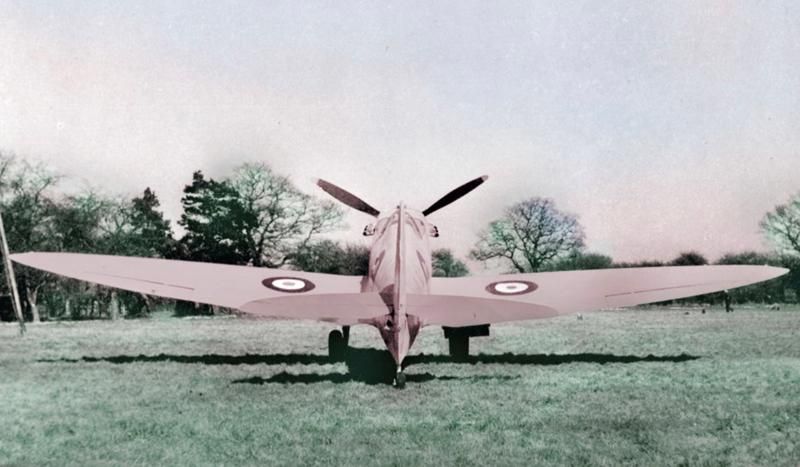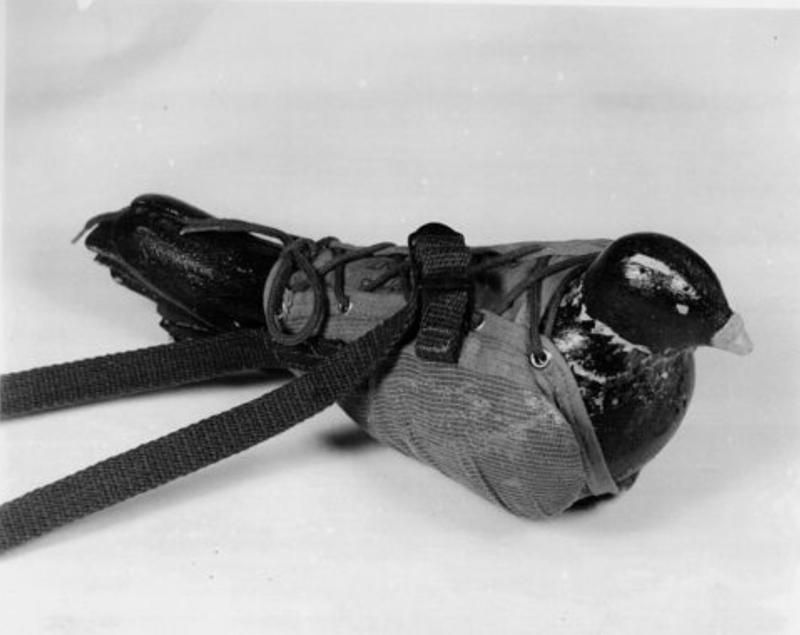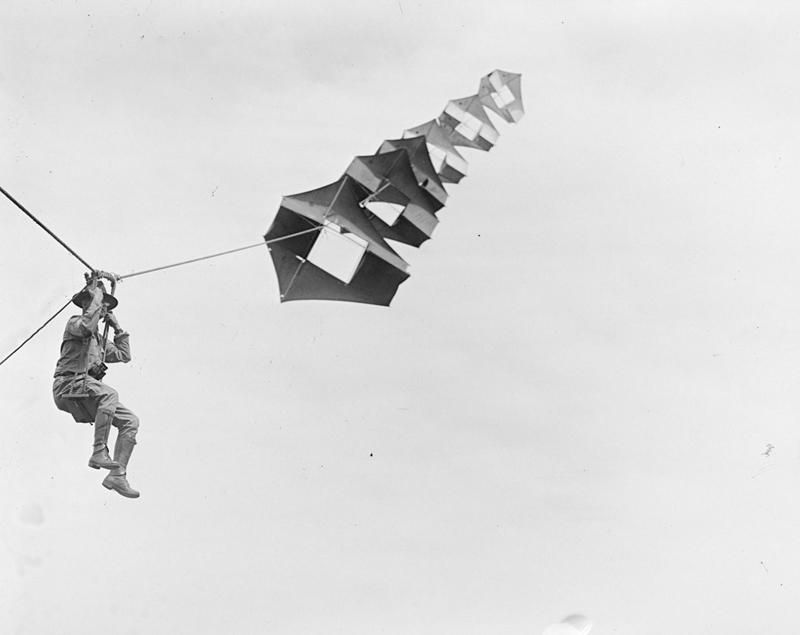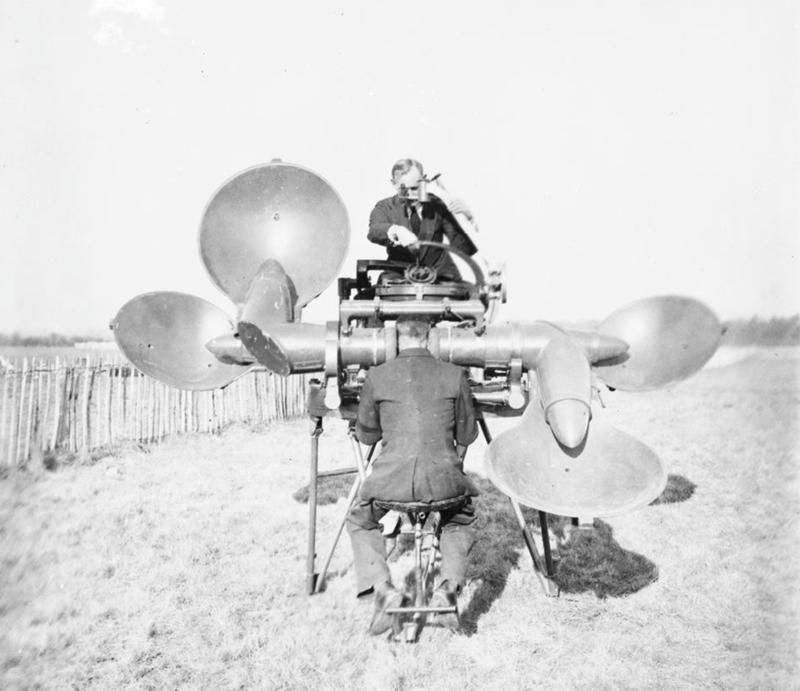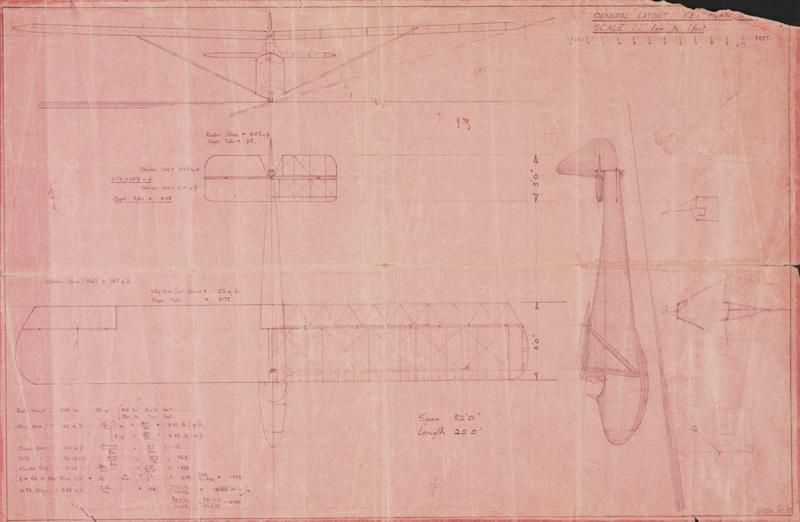When War Gets Weird
Pink Spitfires, flying sharks, parachuting pigeons: Surprising stuff from the Imperial War Museum collections.
/https://tf-cmsv2-smithsonianmag-media.s3.amazonaws.com/filer/b4/ae/b4aea4ca-aa22-4a47-ad92-63bf1c46b86e/flying_shark.jpg)
When Germany invaded Belgium in 1914, the British needed up-to-date intelligence, and fast. But how could Belgian civilians get information about German troop numbers and movements out of the occupied territory? Help came from above, in the form of a confused pigeon strapped into a parachute, floating gently to the ground. The British parachuted homing pigeons into the area from airplanes and balloons, says Peter Taylor, author of Weird War One: Intriguing Items and Fascinating Feats from the First World War (Imperial War Museums, 2017). Strapped to each bird were instructions asking civilians to write down intelligence information, attach the scrap of paper to the bird, and then release the pigeon so that it could fly home.
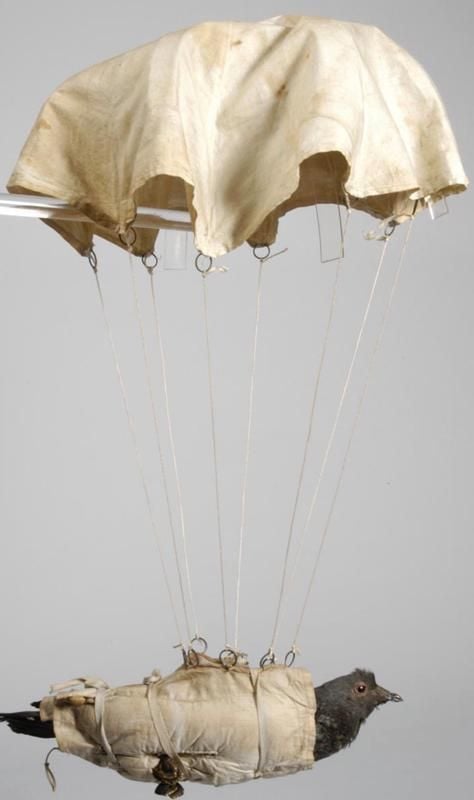
The pigeon parachute was the inspiration for Taylor’s book, and its sequel, Weird War Two. “Very early on, I had the idea for a book about all the strangest items in the Imperial War Museums collection,” he says. (His actual job was to search the collections and work with historians to find material that would be of interest to book publishers, especially in the run-up to the World War I centenary in 2014.) But he was worried there might not be enough weird items for a book. “So I carried on looking,” he says. “It was a mixture of proper research—talking to curators, reading books, trawling through the archives—and suitably strange research: for example, (mis)using the museum’s database by typing in odd words for hours to see what came up (‘Socks,’ ‘Disguise,’ ‘Secret,’ ‘Insect’). It’s hard to have a completely sensible plan for finding strange and surprising things.”
This went on for a couple of years, and eventually Taylor had enough for a book. “But by then I couldn’t bear to let someone else write these books,” he says. “I argued that although I wasn’t a historical expert, I was an ‘expert’ in the field of what is strange. The museum was kind enough to indulge me and publish the books itself, having run them past its historians to check I hadn’t made any slips.”
The books reflect Taylor’s sense of humor and preoccupations. (“There are a lot of pigeons,” he explains.) “People often ask me what emerges from the book, whether it has a serious message,” he adds. “I guess it’s a tribute to the creativity, inventiveness, and even silliness that can flourish in even the darkest of times.”
Click on the thumbnails below to see some of the aviation-related items from Taylor’s books. Posted with the permission of the publisher.
